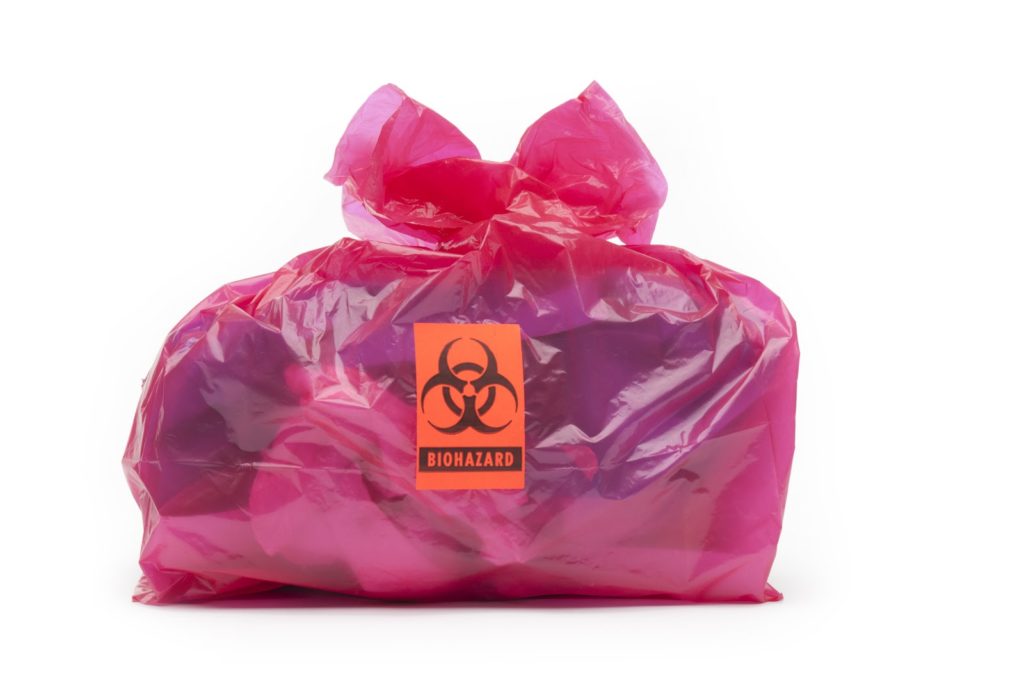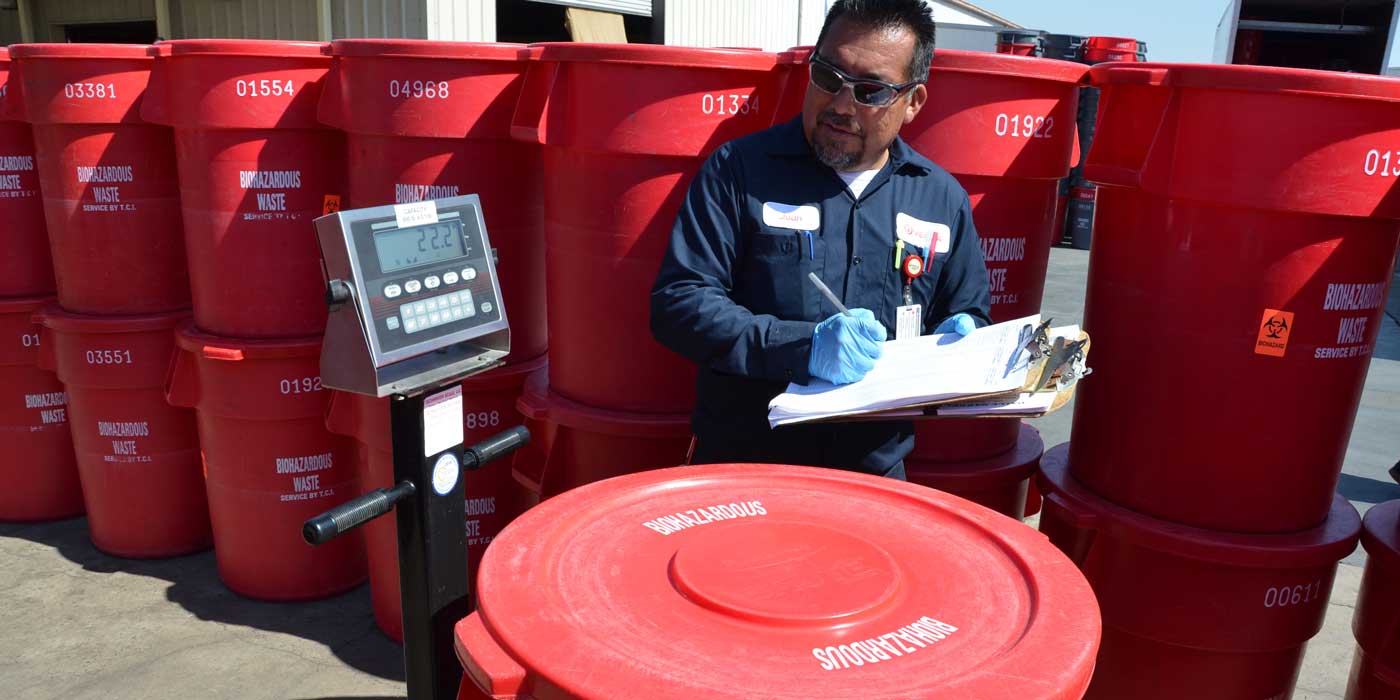Professional Solutions for Wellness: Introducing the Medical Waste Removal Service Advantage
Professional Solutions for Wellness: Introducing the Medical Waste Removal Service Advantage
Blog Article
Comprehending the Various Types of Waste Disposal Methods
In the world of waste monitoring, the range of disposal methods available today is vast and differed, each approach offering a distinctive purpose in attending to the difficulty of garbage disposal. click here. From recycling approaches that intend to offer brand-new life to products, to the intricate procedures of contaminated materials monitoring, the landscape of garbage disposal is complicated yet essential for ecological sustainability. Understanding the nuances of these different methods not only drops light on the significance of accountable waste management yet likewise motivates us to rethink our technique in the direction of garbage disposal in a rapidly advancing world

Recycling Methods
Recycling techniques are vital for sustainable waste monitoring practices in both domestic and industrial settings. medical waste removal service. By applying reliable recycling methods, a considerable amount of waste can be diverted from landfills, saving all-natural resources and lowering the environmental impact of manufacturing processes
In houses, curbside recycling programs play a vital duty in motivating families to separate recyclable materials from general waste. Products such as paper, plastics, glass, and steels can be arranged and accumulated for handling into brand-new products, decreasing the demand for raw products and energy-intensive manufacturing processes.
Industrial facilities also rely upon reusing techniques to decrease waste generation and promote a circular economy. By implementing closed-loop systems, companies can recycle materials within their manufacturing procedures, lowering prices and environmental impact. medical waste removal. In addition, industrial recycling programs often involve collaborations with specialized recycling centers to guarantee that materials are properly arranged, processed, and reintegrated right into the supply chain
Composting Methods

Oxygenated static pile composting involves mixing natural waste products in a large pile and consistently turning it to guarantee proper aeration. This method is efficient for massive composting operations. On the various other hand, vermicomposting uses earthworms to damage down organic matter into nutrient-rich castings. This strategy is well-suited for smaller-scale operations and households.
In-vessel composting involves putting natural waste in a shut container with regulated conditions for temperature and aeration. Windrow composting consists of forming long rows of organic waste and routinely turning them to promote disintegration - medical waste disposal.
Land Fill Disposal
Land fill disposal is a commonly utilized method for managing waste that can not be recycled or composted. It includes hiding waste in marked locations of land, with correct precautions to avoid environmental contamination. Land fills are crafted facilities created to separate waste from the surrounding setting. The waste is compressed and covered with dirt daily to minimize smells, discourage bugs, and minimize the spread of trash. Modern garbage dumps are equipped with protective liners and monitoring systems to stop leakage of hazardous materials into the dirt and groundwater. Methane gas, a result of decaying natural waste in land fills, is typically gathered and used as a resource of renewable resource. Despite advancements in landfill innovation, issues continue to be regarding the lasting environmental impacts, such as groundwater contamination and greenhouse gas emissions. Efforts to reduce reliance on land fills include promoting waste reduction, recycling, and checking out alternate garbage disposal methods to decrease the environmental impact related to standard landfill disposal practices.

Waste-to-Energy Incineration
Incineration of waste for power generation is a technique significantly being thought about as an option to traditional garbage dump disposal techniques. Waste-to-energy incineration involves the combustion of waste products at heats, normally in specialized centers made to generate electricity or heat visit the site through the procedure - click here. This method not just decreases the volume of waste that would certainly or else be destined for garbage dumps yet likewise utilizes the heat produced during incineration to produce energy
One of the vital advantages of waste-to-energy incineration is its capability to create electricity while minimizing the ecological effect contrasted to conventional garbage dump disposal approaches. By transforming waste into energy, this technique helps in minimizing greenhouse gas emissions and reliance on fossil gas for power generation. Additionally, waste-to-energy centers are equipped with advanced air contamination control technologies to mitigate prospective environmental toxins released during the combustion procedure.
Hazardous Waste Management
.jpg)
Taking into consideration the critical significance of responsible waste monitoring practices, particularly in the realm of environmental sustainability, the emphasis now moves in the direction of the elaborate domain name of Contaminated materials Administration. Contaminated materials presents significant threats to both human health and the environment, demanding specific handling and disposal strategies. Usual instances of contaminated materials consist of chemicals, batteries, chemicals, and electronic waste.
Dangerous Waste Management includes the identification, collection, transport, therapy, and disposal of materials deemed harmful or potentially dangerous. This process calls for adherence to rigorous laws and standards to mitigate unfavorable effect on communities and public wellness. Different techniques are utilized in managing harmful waste, consisting of recycling, safe and secure garbage dumps, encapsulation, and chemical treatment.
Correct Contaminated Materials Management is vital for stopping contamination of dirt, water resources, and air pollution. It is crucial for sectors, laboratories, health care facilities, and other generators of contaminated materials to carry out robust administration strategies, training programs, and emergency action intends to ensure the risk-free handling and disposal of these products. Failing to take care of contaminated materials properly can have far-reaching effects, highlighting the importance of attentive and accountable practices in this area.
Verdict
To conclude, waste disposal techniques play an important role in managing and decreasing the effect of waste on the setting. From reusing and composting to garbage dump disposal and waste-to-energy incineration, each method has its own benefits and constraints. Proper management of contaminated materials is likewise necessary to shield public health and the environment. It is very important for industries and individuals to comprehend the different garbage disposal methods available and choose the most proper approach for sustainable waste monitoring.
In the world of waste management, the variety of disposal strategies readily available today is vast and differed, each technique offering a distinct objective in dealing with the difficulty of waste disposal. click here. From reusing methods that intend to give new life to materials, to the elaborate procedures of unsafe waste administration, the landscape of waste disposal is complex yet important for environmental sustainability. Recognizing the nuances of these various methods not only sheds light on the importance of liable waste administration however additionally motivates us to rethink our technique in the direction of waste disposal in a rapidly developing world
Initiatives to lower reliance on land fills consist of advertising waste decrease, recycling, and checking out different waste disposal methods to minimize the environmental impact linked with traditional garbage dump disposal techniques.
It is crucial for people and markets to understand the different waste disposal techniques available and choose the most suitable technique for sustainable waste administration.
Report this page